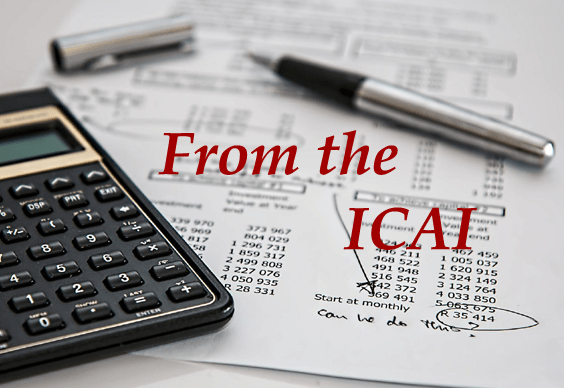First phase of India-US trade deal likely by fall this year: Sitharaman
Apr 21, 2025
Addressing the Indian diaspora in San Francisco, Finance Minister Nirmala Sitharaman said the issue of reciprocal tariff is part of a broader trade negotiation strategy
Finance Minister Nirmala Sitharaman, on Monday said that India is in advanced discussions with the United States (US) to finalise a bilateral trade agreement and the first phase of the pact could be signed by fall this year.
During her interaction with the Indian diaspora during a community event in San Francisco, Sitharaman added that a reciprocal tariff issue is part of a broader trade negotiation strategy.
“In fact, the progress of the agreement or the trade agreement that we are working on, at least the first tranche, is something which we hope to conclude positively by the fall this year,” she said.
India is one of the countries which actively engaged with the new administration in the US to see how best we can get a bilateral trade agreement done, the Finance Minister said.
“Equally, the priority that we gave to engage with the government here is more than obviously seen with Prime Minister himself visiting United States in February. You had the Commerce and Trade Minister come. I have come here because I also have the IMF and World Bank meeting. I am scheduled to meet the treasury secretary, my counterpart here. So the keenness with which we are engaging with the US administration, even as I talk, I think the US vice-president is in India. He will be engaging with the Prime Minister hopefully this evening or tomorrow,” she added.
On a separate query regarding India’s future global leadership and how the current budget supports this ambition, Sitharaman highlighted India’s progress in critical areas like semiconductors, renewable energy- including modular nuclear energy—digital infrastructure and artificial intelligence (AI).
Underlining India’s growing role in global knowledge partnerships, she said the World Bank and other global institutions- which are keen on India's model for digital public infrastructure, skilling in AI, and job creation- are acknowledging the country’s achievements, and India is committed to showcasing and scaling them.
Highlighting Prime Minister Narendra Modi’s focus on inclusive growth, the Finance Minister said, “In the last two years, the Prime Minister has made it very clear that if you touched upon four sections within the country, you would touch upon everybody… the poor, the youth, the farmer, and the women.”
Explaining the economic logic behind these focus groups, she said, “You want more (women) in the workforce. You want them to be educated. You want them to be independent. You want them to be empowered… The youth, because (they constitute) India’s biggest number, which is a big asset for India… And the farmer, because small and marginal farmers are the ones doing their maximum best to get our grains, create our pulses, and so on.”
Sitharaman also emphasised the importance of “sunrise sectors” and India’s emerging global leadership in digital public infrastructure and technology. “We need to allow progress more with that kind of technology-related things that we need, the knowledge, strength that India has acquired,” she said.
In response to a question on whether India might reach a budgetary surplus in the next decade, she said, “It was during Covid when because of the lockdown, the deficit actually rocketed up. And even immediately after that, we came up in 2021 with a clear signal as to how we want to manage our deficit… by the year 2026, our fiscal deficit will come below 4.5. And that is exactly what we’ve been following without fail each year.”
Affirming Prime Minister Modi’s fiscal prudence, she added, “He is somebody who is very conscious that money has to be spent, yes. Particularly to help those who are needy. But every taxpayer paisa will have to go to the right cost, be spent properly. And you should get the bang for the buck.”
On debt levels, Sitharaman said, “Immediately after Covid, our debt position was such that we went over 62 per cent of the GDP. Now, within 4 years, we have brought that down to 57.4 per cent of the GDP… In the July budget, we have very clearly said by 2030, the debt to GDP will come closer to 50 per cent.” Whilst, even well-developed countries have over 100 per cent debt to the GDP and that's how we are managing our debt, she added.
[The Business Standard]

